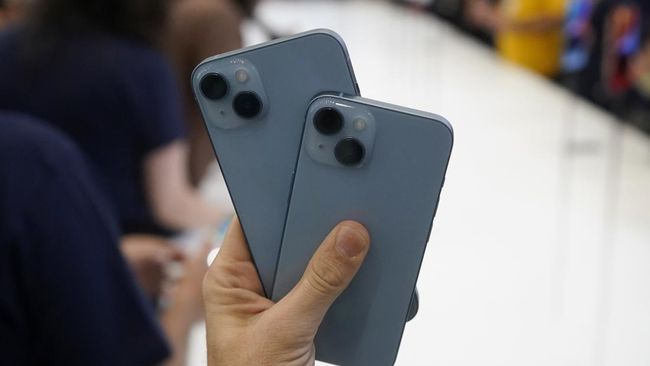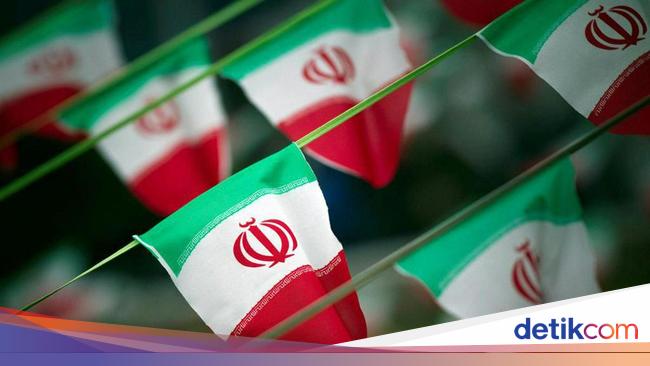#NASA #surprises #lunar #vehicle #accompany #Artemis #mission #technology
NASA opened a program for several companies to develop a lunar vehicle. (Intuitive Machines)
NASA revealed the names of the companies chosen to create prototypes of lunar vehicles intended to assist astronauts during the Artemis V mission, scheduled to land on the Moon in 2029.
Intuitive Machines is one of the contractors selected by the US agency. This contract involves the association of four companies: AVL, Boeing, Northrop Grumman and Michelin, which together will have to manufacture a space vehicle.
The lunar rover should be a robust design, capable of operating under the extreme conditions of the lunar surface, including temperature fluctuations ranging from more than 100°C during the day to less than -150°C at night.
It should be equipped with autonomous navigation technology to maneuver through the complicated lunar terrain, avoiding craters and other irregularities. Crucially, the vehicle will need a reliable power source, possibly solar panels along with batteries to store energy for nighttime use, or alternatively more advanced fuel systems.
The destination of this vehicle is the Artemis mission. (Illustrative image Infobae)
The durability and resistance of the materials are essential to withstand solar and galactic radiation, as well as lunar dust, which is abrasive and can interfere with the technology. The wheels or locomotion system must be designed taking into account the loose and dusty soil of the Moon, opting for innovative solutions such as airless technology or adaptive materials.
In addition to technical and endurance capabilities, the vehicle should offer a safe and comfortable environment for astronauts, with effective life support, communications and emergency systems.
Each of the companies mentioned will have to contribute from their area of expertise. Michelin is responsible for creating a lunar wheel that withstands extreme temperatures of up to 100°C and below -240°C, resists exposure to solar and galactic radiation, ensures maximum longevity and traction on aggressive loose soils.
The lunar car will have to withstand extreme temperatures and atmospheric pressure. (Illustrative image Infobae)
Boeing will lead the system design that will make up the vehicle and will support the overall design, manufacturing, testing, integration, mission planning and operations of the flight vehicle and fixed and dynamic models.
AVL, a global mobility technology company, brings its expertise in battery electric vehicles, propulsion solutions and autonomous driving. Specifically, AVL will focus on the powertrain, steering and suspension to help make mobility on the lunar surface a reality.
Northrop Grumman will leverage its expertise in power systems, other vehicle systems, and mission planning and training.
This NASA project has also included Lunar Outpost and Venturi Astrolab among the companies competing for the development of the Artemis lunar rover, highlighting the breadth and diversity of approaches in the search for the optimal solution for lunar exploration.
This vehicle would support lunar exploration. (Illustrative image Infobae)
The space agency has established that each of these companies will begin their participation with a “feasibility order.”
This methodological approach means that, over the course of a year, participating companies will dedicate themselves to carrying out detailed studies to develop a system that not only meets the strict requirements established by NASA, but also demonstrates its potential to contribute significantly to the Artemis mission.
This preliminary stage is decisive, as it will lay the foundations for the conception of a vehicle capable of facing the unique challenges presented by the lunar surface.
Only after this feasibility phase, and based on the results obtained, will NASA select a single supplier to advance towards the preliminary design of the vehicle. This process ensures that the final solution chosen is backed by extensive research and meticulous planning, thus ensuring the success of the Artemis lunar mission.










:watermark(https://f.pmo.ee//logos/4232/4ebd6f5dc62d0c4b6f1961c46e2f0303.png,-2p,-2p,0,18,none):format(webp)/nginx/o/2023/08/18/15530504t1h77a7.jpg)
